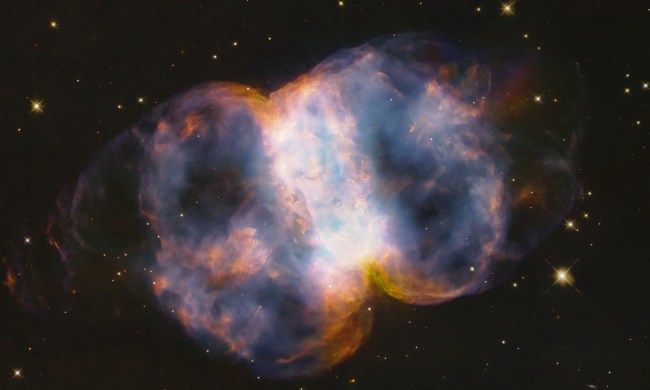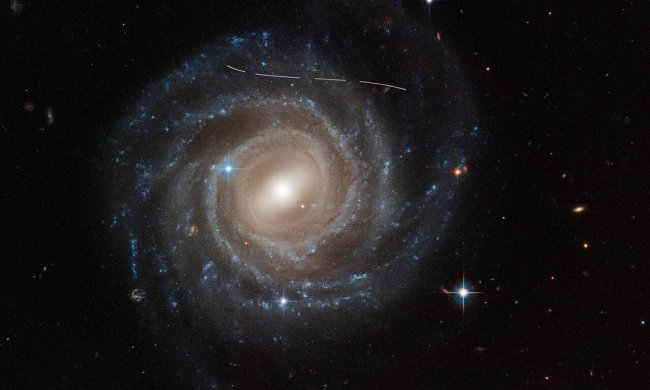Engineers are working toward fixing the Hubble Space Telescope, which was put into safe mode following an error last month. Engineers have already turned on one instrument, the Advanced Camera for Surveys (ACS), and they are now working on a plan to turn on the telescope’s other instruments as well so they can resume science operations.
Hubble’s Advanced Camera for Surveys has continued collecting science data as @NASA works to address the anomaly related to missing synchronization messages.
The team is currently working to recover Wide Field Camera 3 to operational status next week: https://t.co/kfTxZOg4A4 pic.twitter.com/XpxclwnY88
— Hubble (@NASAHubble) November 16, 2021
In a recent update, NASA engineers shared more details about how they are approaching the synchronization issue which occurred on October 25. The problem was that some synchronization messages were being missed by the instruments, so the telescope automatically put itself into safe mode to prevent any damage to the instruments. Since turning on the ACS instrument, it has not missed any more synchronization messages.
For now, the other instruments remain in safe mode, but the team has a plan to make changes that would allow instruments to continue operating even if a few synchronization messages are missed. They are now planning in which order they should turn on the remaining instruments to ensure the least possible risk to the telescope’s capabilities. NASA expects it will take several weeks to plan out the order of operations and to test out when they should make the software changes. The next step will be to turn on the Wide Field Camera 3 without any changes to check that it still operates as it should.
Despite the current issues with Hubble, NASA seems confident that it will continue to operate for at least five more years. The agency recently extended Hubble’s operations contract until 2026, pledging an additional $215 million for the operation of the telescope by the Space Telescope Science Institute (STScI) in Baltimore.
Regarding the contract extension, Dr. Thomas Zurbuchen, associate administrator for NASA’s Science Mission Directorate at the agency’s Headquarters in Washington, said: “Hubble, with its beautiful images and decades-long series of new discoveries about our universe, has captured the imagination of countless individuals and inspired so many.”
Regarding the current issues with Hubble, he expressed optimism that they could be fixed. “Mission specialists are working hard to figure out how to bring the other instruments back to full operation,” Zurbuchen said. “We expect the spacecraft to have many more years of science ahead, and to work in tandem with the James Webb Space Telescope, launching later this year.”



